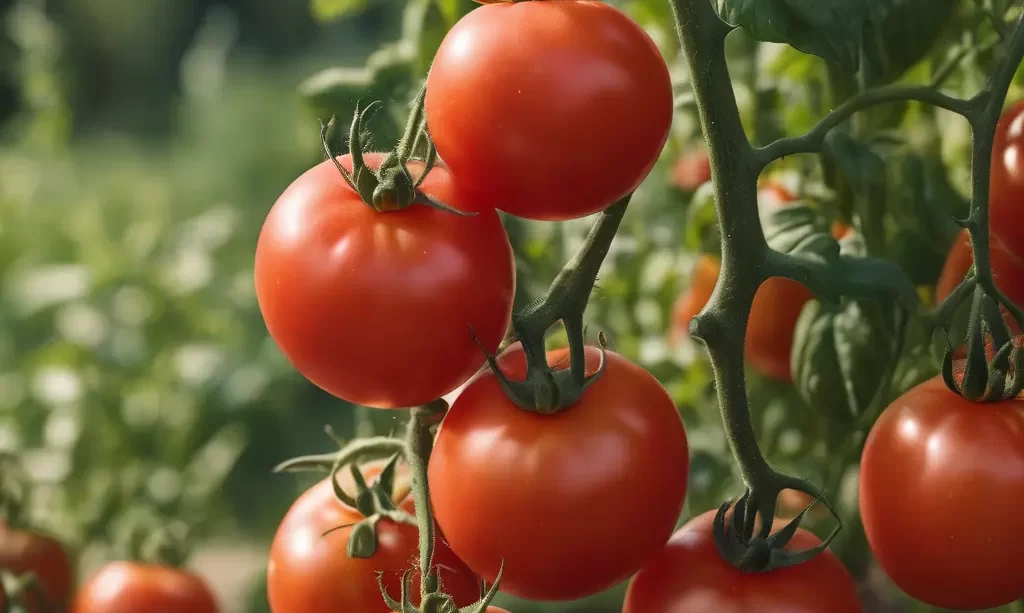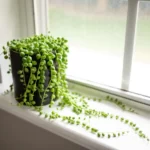Tomatoes are a favorite among Michigan gardeners, known for their versatility and the rewarding experience they offer. The key to a successful tomato harvest in Michigan lies in understanding the best time to plant. This article provides essential guidance on the optimal planting schedule for tomatoes in Michigan, considering the state’s specific climate.
Michigan’s Climate
Michigan’s climate varies significantly across the state, with cold winters and warm summers. The growing season length can also vary, influenced by factors like lake-effect weather patterns. Michigan is divided into multiple USDA hardiness zones, which range from 4b in the northern parts to 6b in the southern regions. These zones are crucial for determining the most favorable planting period for tomatoes.
Optimal Planting Times for Tomatoes in Michigan
In Michigan, the ideal time to plant tomatoes is after the last frost date in spring, typically from late May to early June. This timing allows the plants to avoid the risk of frost damage, which is critical as tomatoes are sensitive to cold temperatures.
Gardeners in southern Michigan can generally plant earlier than those in northern parts due to milder spring temperatures. In Northern Michigan, where colder conditions persist longer, planting may need to be delayed until early June to ensure the safety of the plants.
For those looking to get a head start on the season, starting tomato seeds indoors is a popular option. Begin sowing seeds indoors about 6 to 8 weeks before the last expected frost date. This allows the seedlings to be strong enough to transplant outdoors when the weather warms up.
Selecting the Right Tomato Varieties
Choosing appropriate tomato varieties is crucial for gardening success in Michigan. The state’s climate supports a wide range of tomatoes, from heirloom to hybrid varieties. Consider the growth habit when selecting: determinate varieties, like ‘Roma’ and ‘Bush Early Girl’, grow to a fixed height and produce a single, large crop, making them ideal for canning and sauces. Indeterminate varieties, such as ‘Beefsteak’ and ‘Brandywine’, continue growing and producing fruit throughout the season and are great for fresh eating.
Also, consider disease resistance, especially to common issues in Michigan like blight and wilt. Choosing varieties with built-in resistance can make maintenance easier and yield more successful.
Preparing the Soil and Selecting a Planting Site
Tomatoes thrive in well-drained, nutrient-rich soil with a pH between 6.0 and 6.8. Before planting, enrich the soil with compost or aged manure to improve fertility and structure. Conducting a soil test can help identify any specific nutrient needs or pH adjustments.
Select a sunny location for your tomato garden, as tomatoes require at least six to eight hours of direct sunlight daily. Ensure the site has good air circulation and is not prone to standing water, as tomatoes are susceptible to root diseases in overly wet conditions.
Planting Techniques for Tomatoes
When planting tomatoes in Michigan, proper technique is important for healthy growth. If starting with seedlings, harden them off by gradually exposing them to outdoor conditions over a week to reduce transplant shock.
Plant tomatoes deeper than they were in their pots, as this encourages stronger root systems. Space the plants about 24 to 36 inches apart in rows that are spaced 3 to 4 feet apart. This spacing allows for adequate air circulation and room for growth.
Staking or caging tomatoes is recommended, especially for indeterminate varieties. This supports the plants as they grow, improves air circulation, and makes harvesting easier. Install stakes or cages at the time of planting to avoid disturbing the roots later.
Care and Maintenance of Tomato Plants
Effective care and maintenance are key to thriving tomato plants in Michigan. Consistent watering is crucial, particularly during the fruiting stage. Tomatoes need about 1 to 2 inches of water per week, depending on weather conditions. It’s important to water at the base of the plant to avoid wetting the foliage, which can lead to disease. Mulching around the plants can help retain soil moisture and prevent weed growth.
Fertilization is another important aspect of tomato care. Start with a balanced fertilizer at planting and then switch to a phosphorus-rich fertilizer once fruiting begins. This helps in the development of healthy fruits. Be cautious with nitrogen-heavy fertilizers, as they can promote foliage growth at the expense of fruit.
Regular pruning is beneficial for indeterminate tomato varieties. Removing suckers (the shoots that grow in the axils of the leaves) can help direct the plant’s energy into producing larger and healthier fruits. However, pruning determinate varieties is not recommended as it can reduce the yield.
Pests such as hornworms and diseases like blight and blossom-end rot are common challenges in Michigan. Regular inspection and timely intervention with appropriate organic or chemical treatments are important. Crop rotation and good sanitation practices can also help prevent many of these issues.
Harvesting and Enjoying Tomatoes
Tomatoes in Michigan typically begin to ripen by mid to late summer. The best indicator of ripeness is color change. Harvest tomatoes when they have reached their full color and are slightly firm to the touch. Gently twist the fruit off the vine or use a sharp knife to cut it.
Freshly harvested tomatoes are best enjoyed soon after picking. They can be stored at room temperature for several days. Avoid refrigerating tomatoes, as this can diminish their flavor and texture. For longer storage, consider canning, drying, or freezing your tomatoes.
Conclusion
Growing tomatoes in Michigan can be a highly rewarding experience for gardeners of all levels. By understanding the appropriate planting times, selecting suitable varieties, and providing proper care throughout the growing season, you can enjoy a successful harvest of delicious tomatoes. Whether eaten fresh, used in recipes, or preserved for later use, homegrown tomatoes offer a world of culinary possibilities and add vibrant flavor to any Michigan garden.



